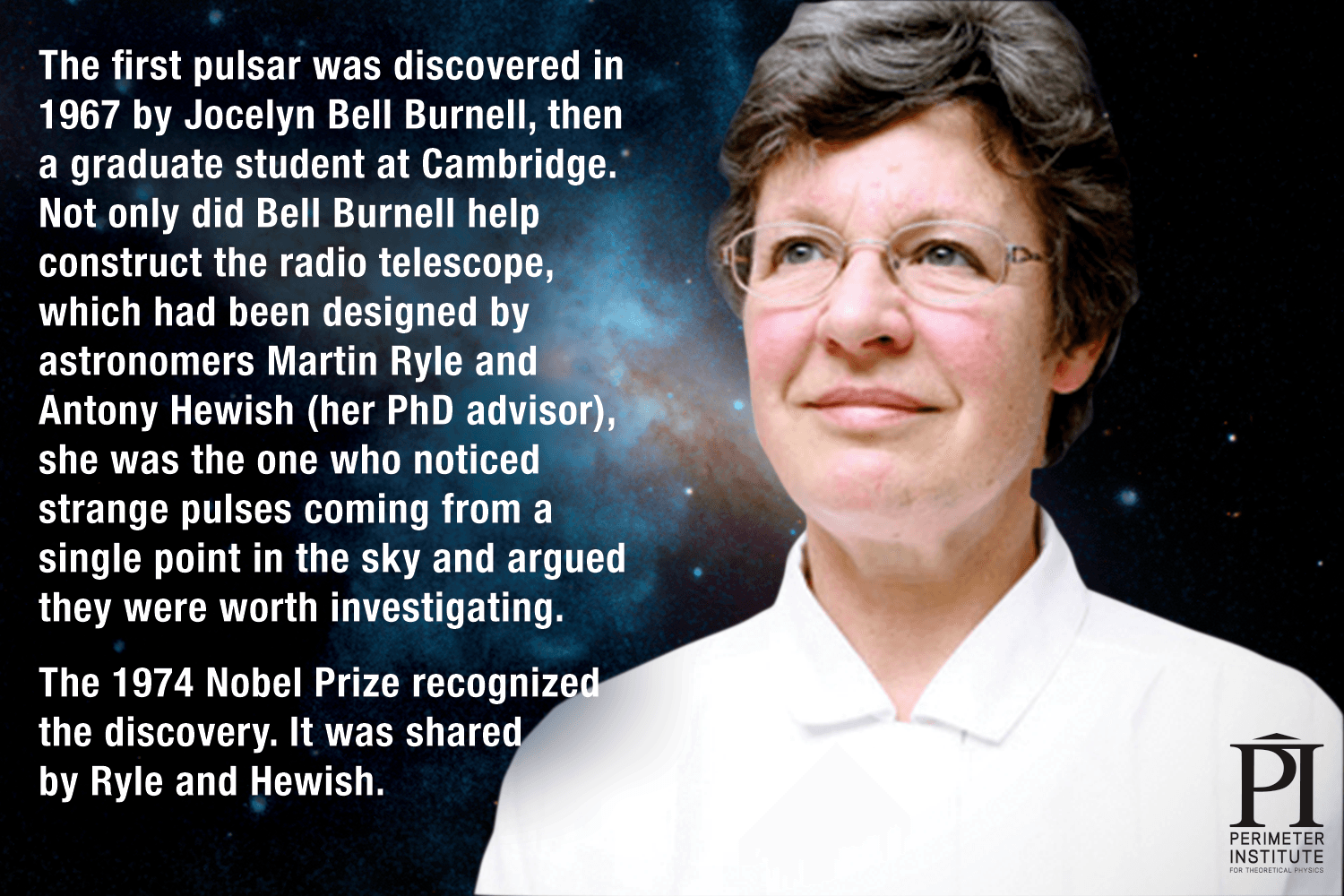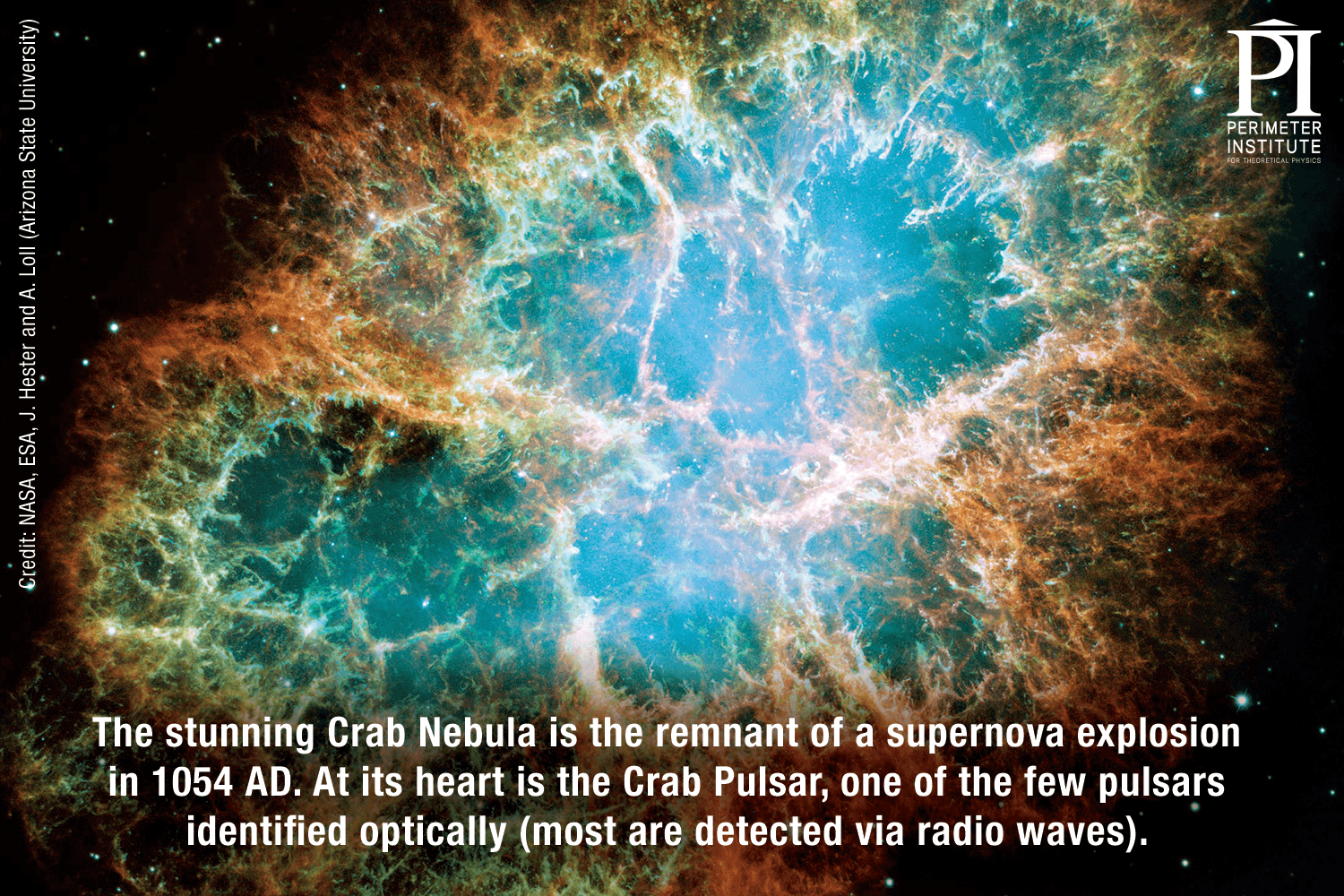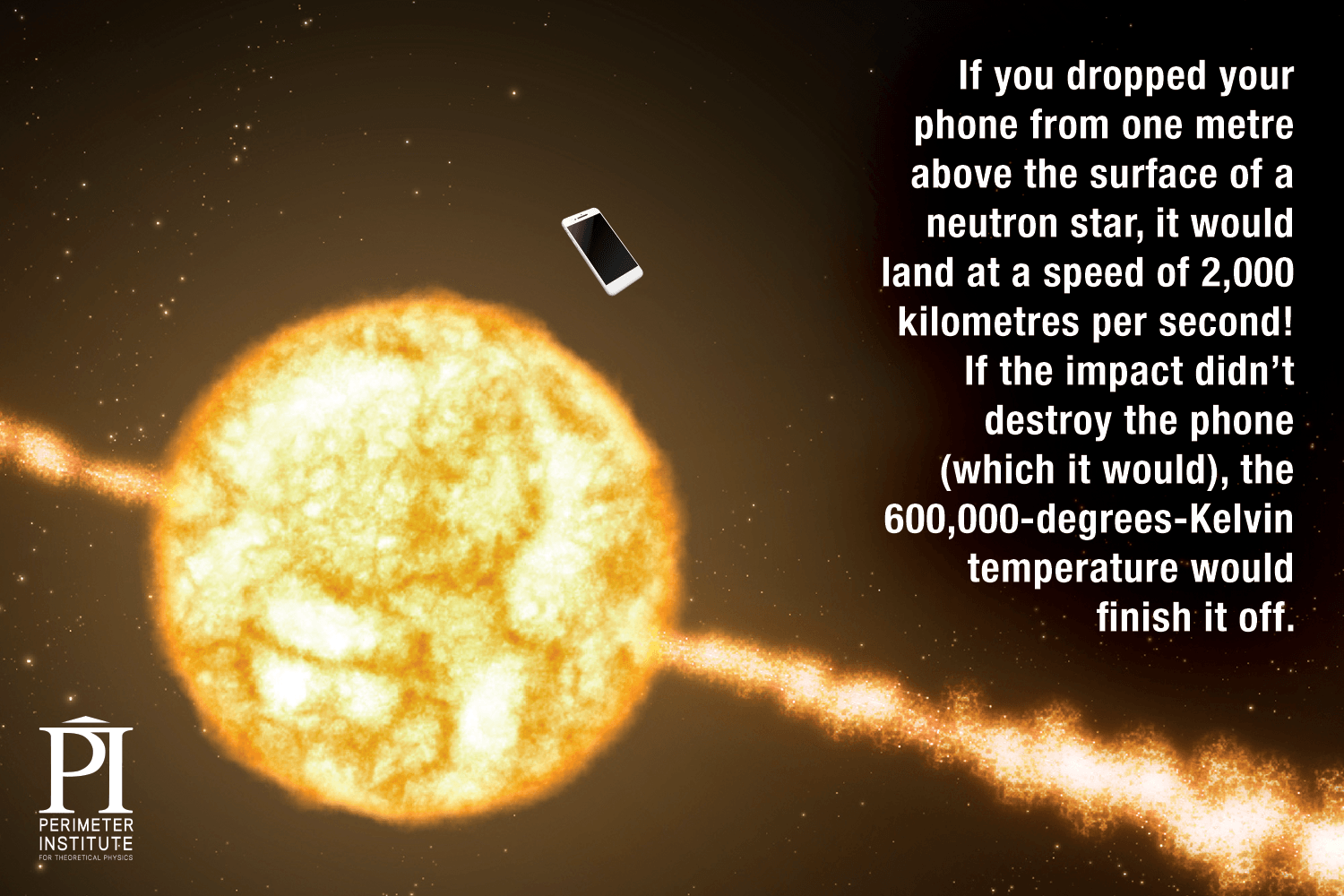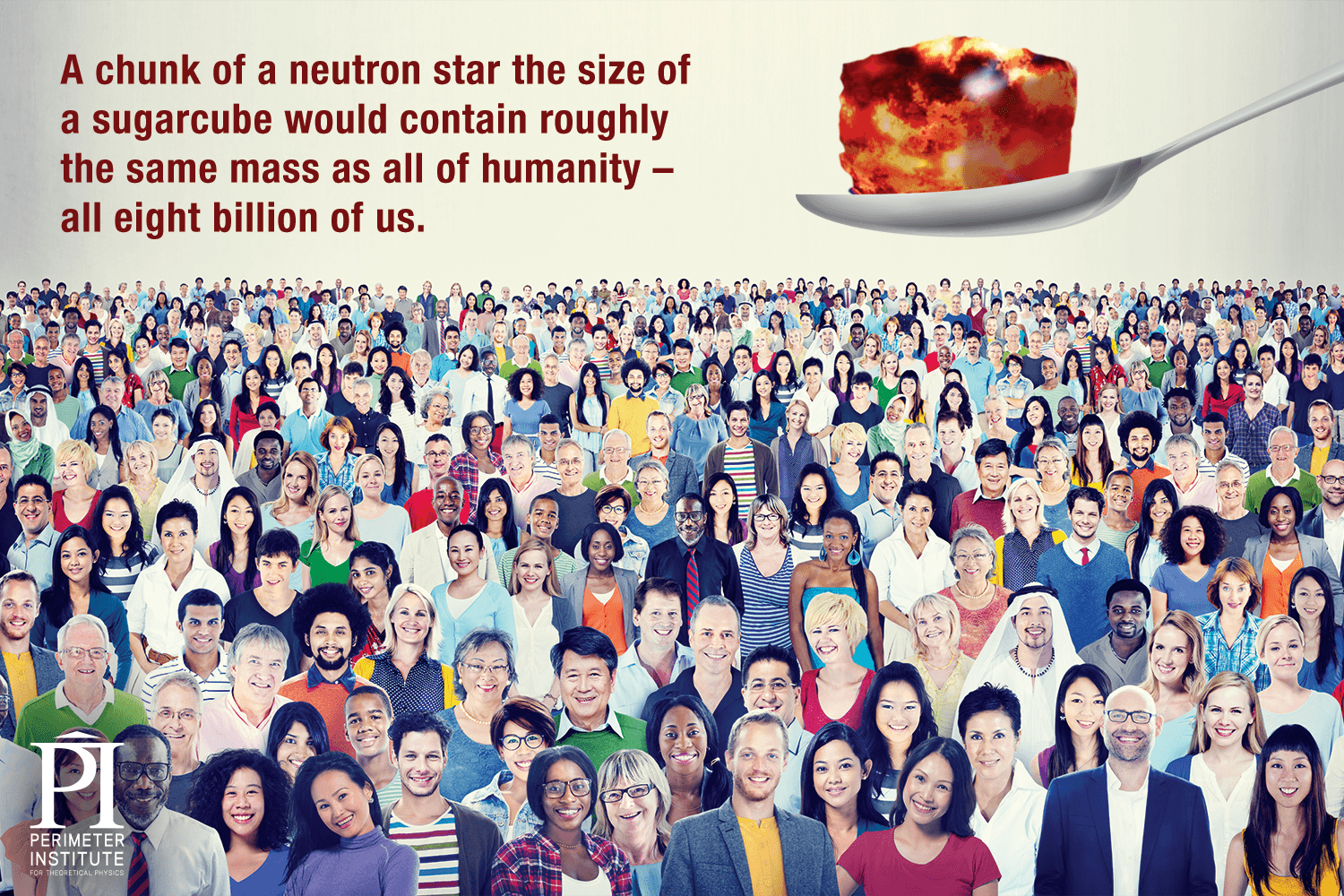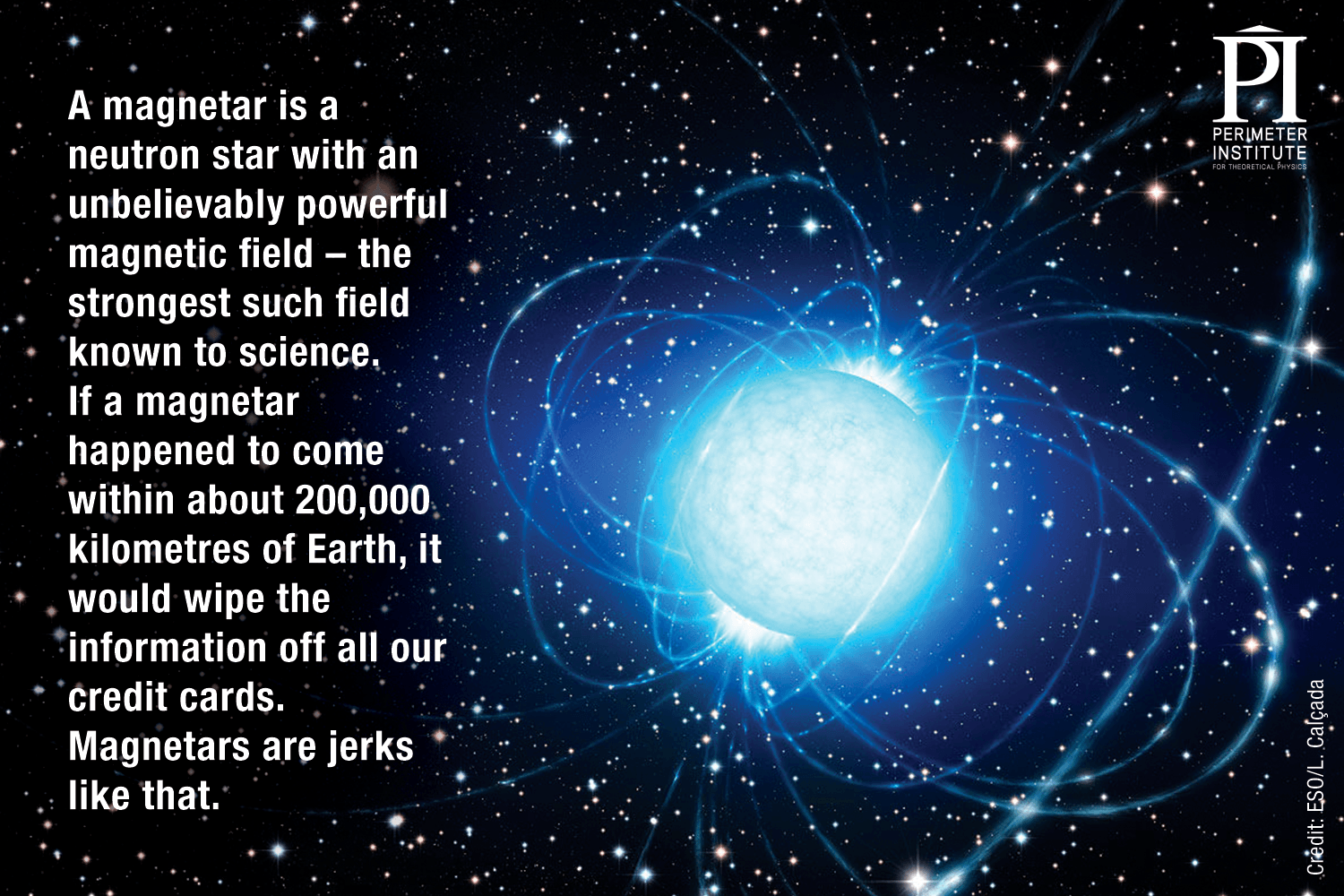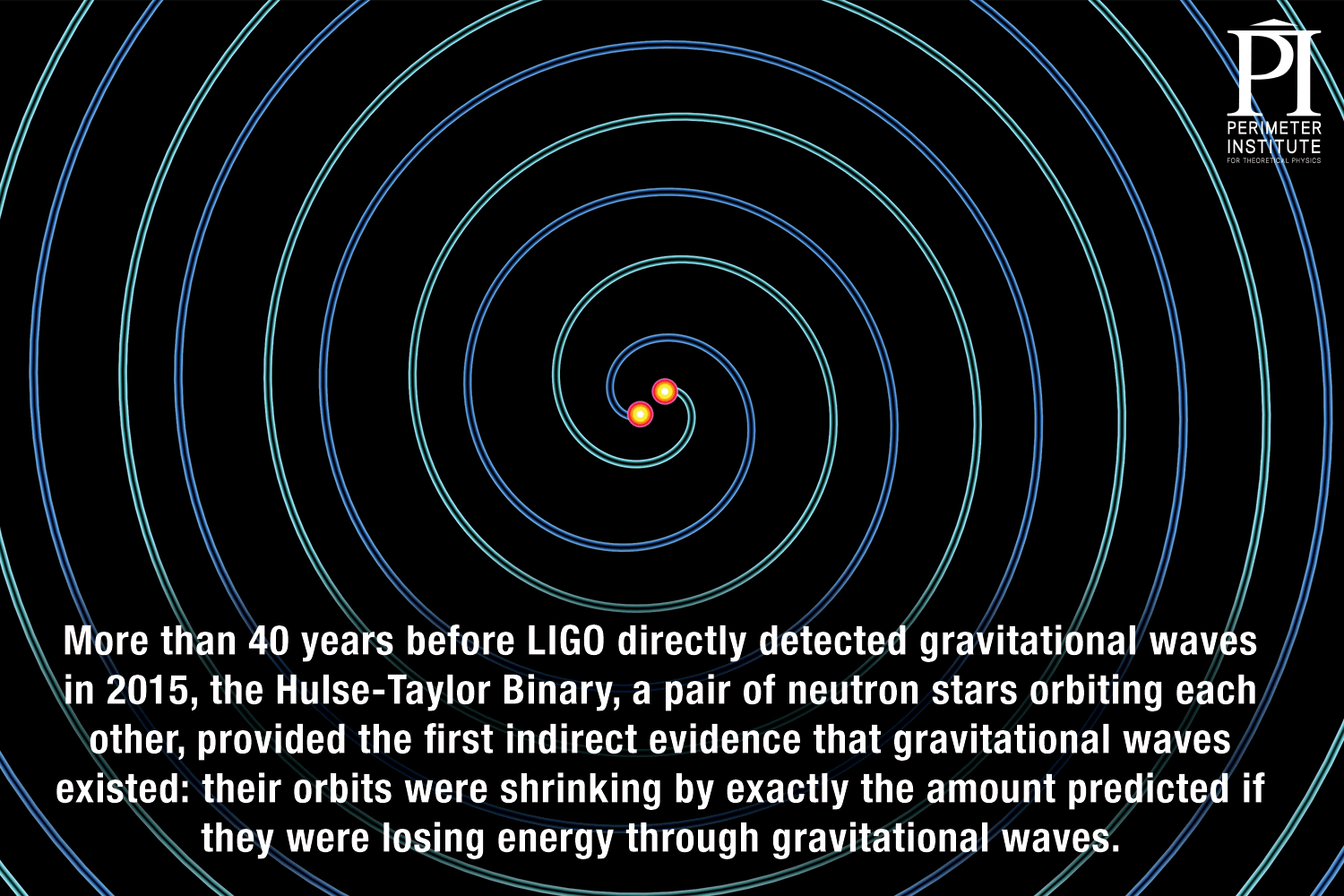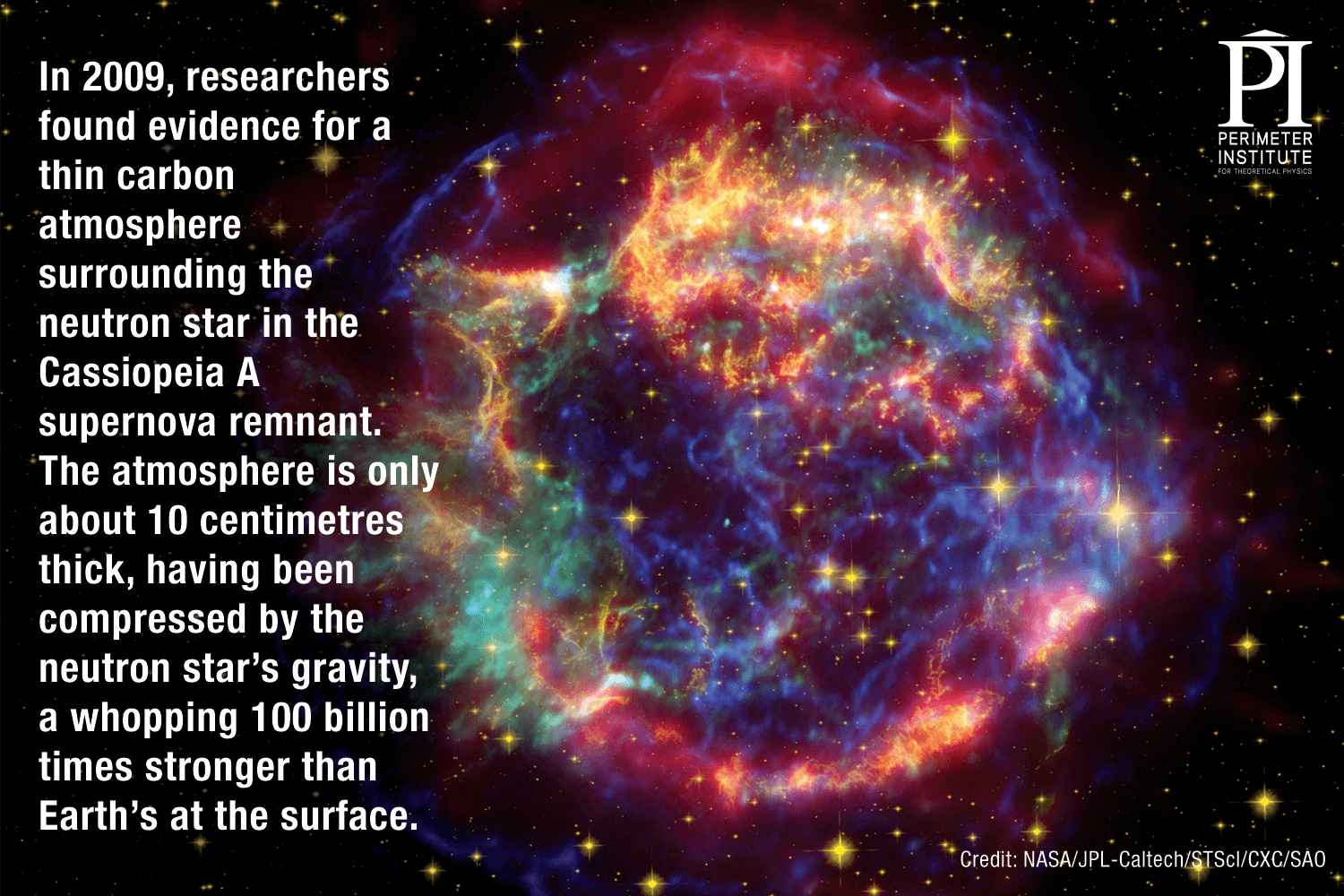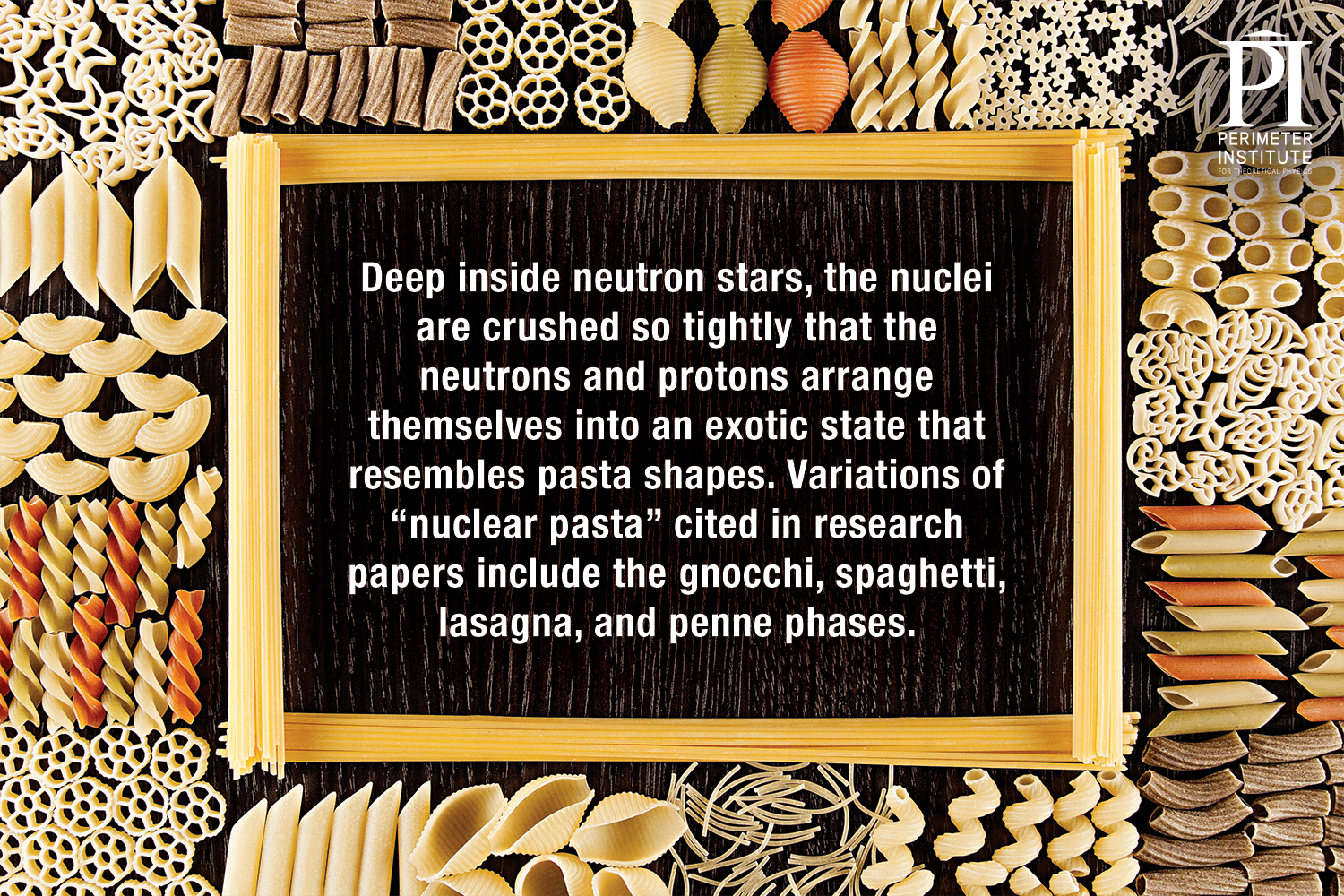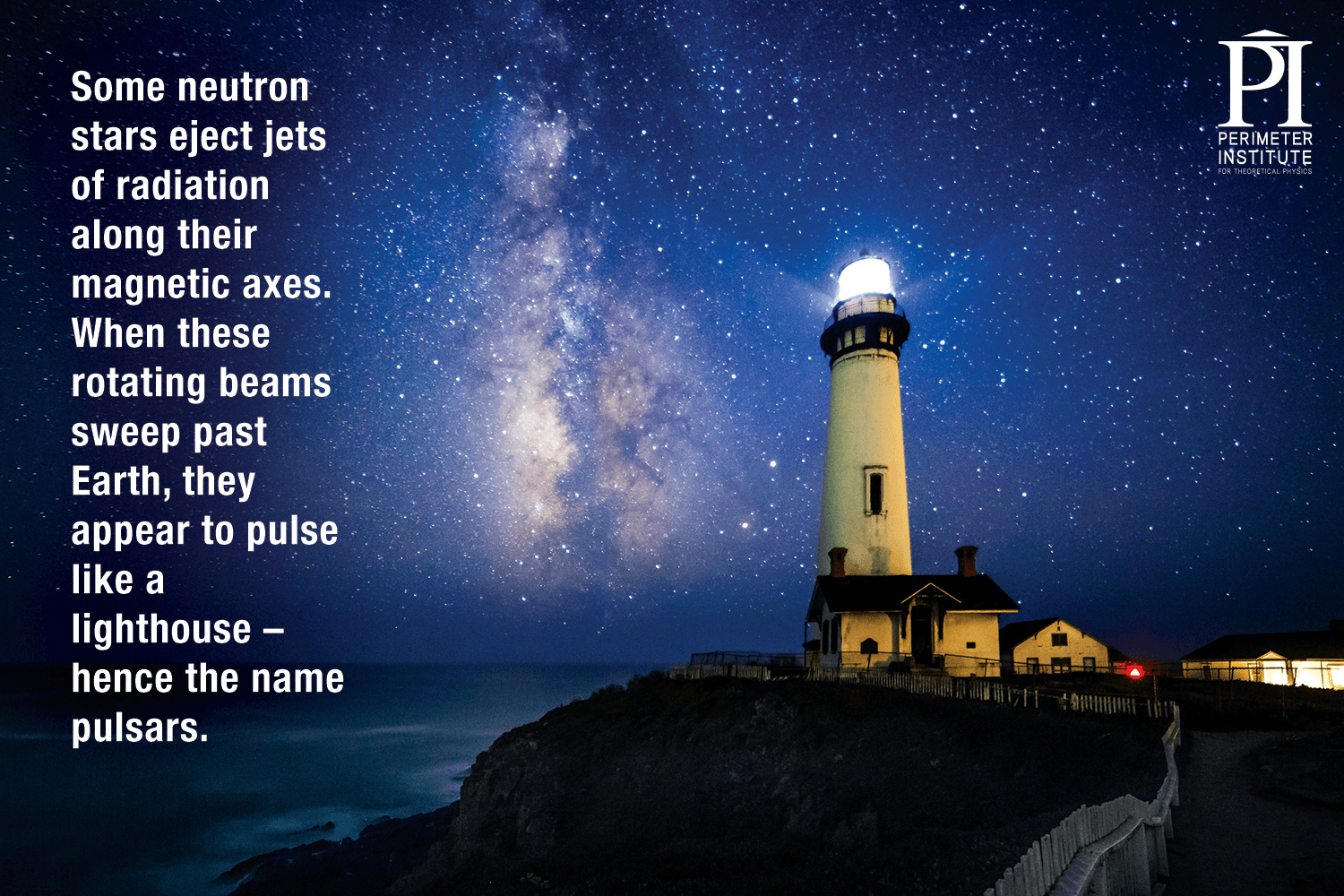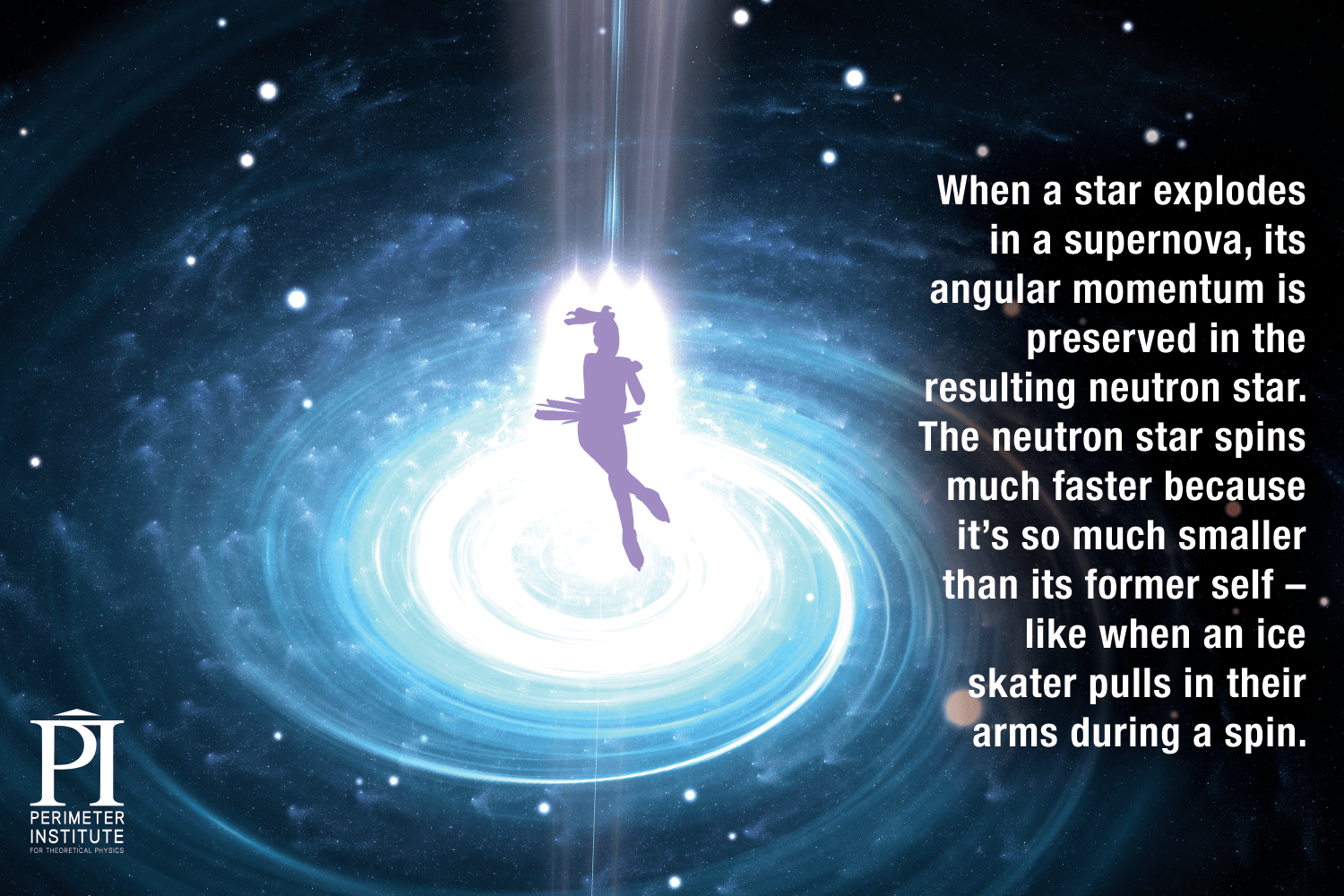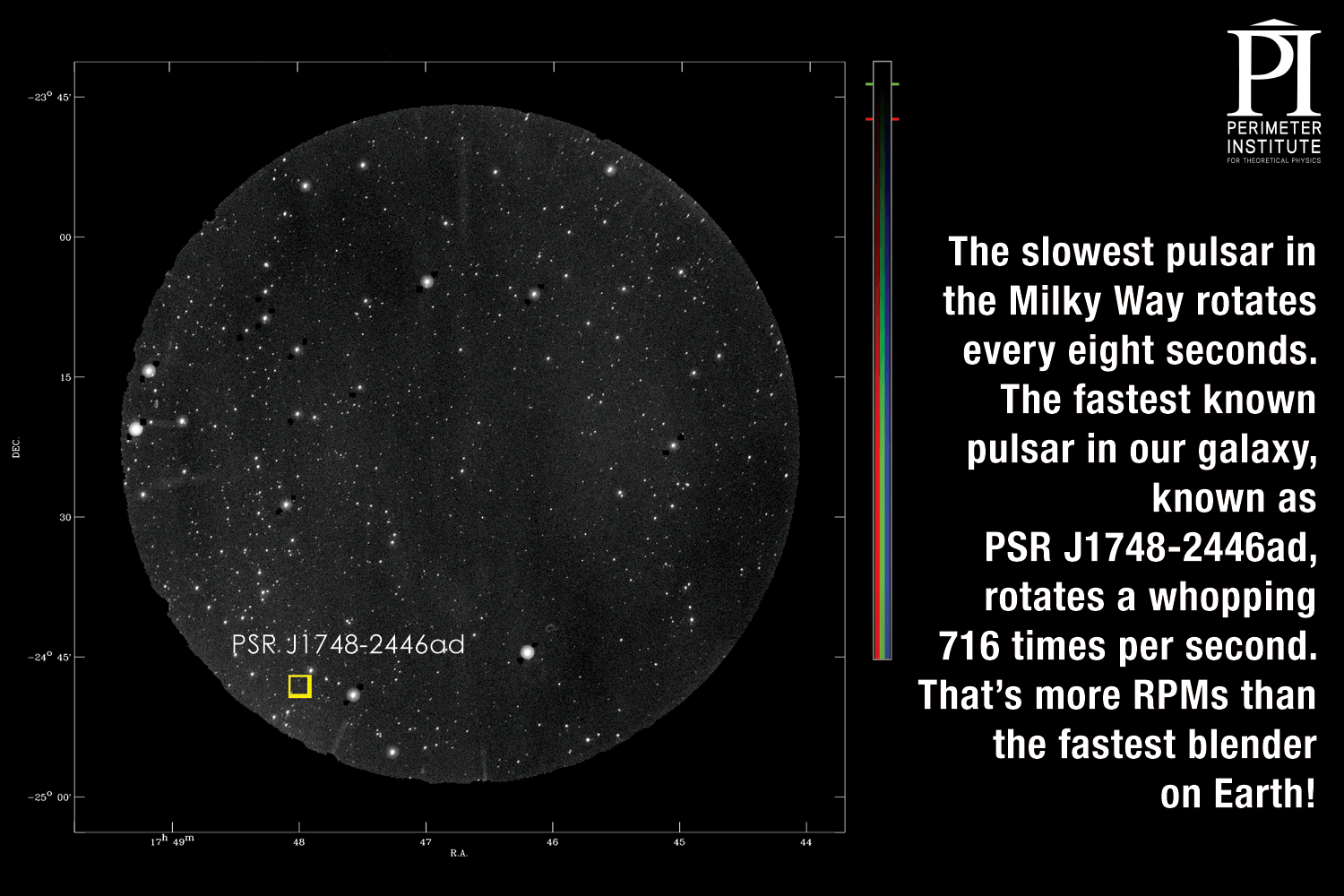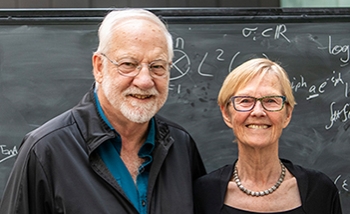Planet Earth is quite heavy. It weighs 6,000,000,000,000,000,000,000,000 kilograms, give or take. In astronomical terms, though, Earth is a featherweight.
Imagine taking half-a-million Earths, and squishing them together into a space about 10 kilometres across. Such compact and absurdly heavy objects do exist out there in space.
Neutron stars are the smallest, densest objects known to science. Neutron stars are the collapsed cores of stars that have exploded in violent supernovae. They are among the most extreme, fascinating, and potentially useful astronomical objects out there – and it is believed there are 100 million of them in our galaxy alone.
To commemorate the 50th year of the discovery of neutron stars, here is some light reading (and some viewing, thanks to neutron star expert Victoria Kaspi) about these preposterously heavy things.
Watch: Victoria Kaspi and the lifetime of a pulsar
Watch: The Pulsar Timing Array
Listen: What does a neutron star sound like?
Watch: More fascinating facts from Victoria Kaspi
Watch Victoria Kaspi's full talk, "The Cosmic Gift of Neutron Stars"
Further exploration
About PI
Perimeter Institute is the world’s largest research hub devoted to theoretical physics. The independent Institute was founded in 1999 to foster breakthroughs in the fundamental understanding of our universe, from the smallest particles to the entire cosmos. Research at Perimeter is motivated by the understanding that fundamental science advances human knowledge and catalyzes innovation, and that today’s theoretical physics is tomorrow’s technology. Located in the Region of Waterloo, the not-for-profit Institute is a unique public-private endeavour, including the Governments of Ontario and Canada, that enables cutting-edge research, trains the next generation of scientific pioneers, and shares the power of physics through award-winning educational outreach and public engagement.
You might be interested in





